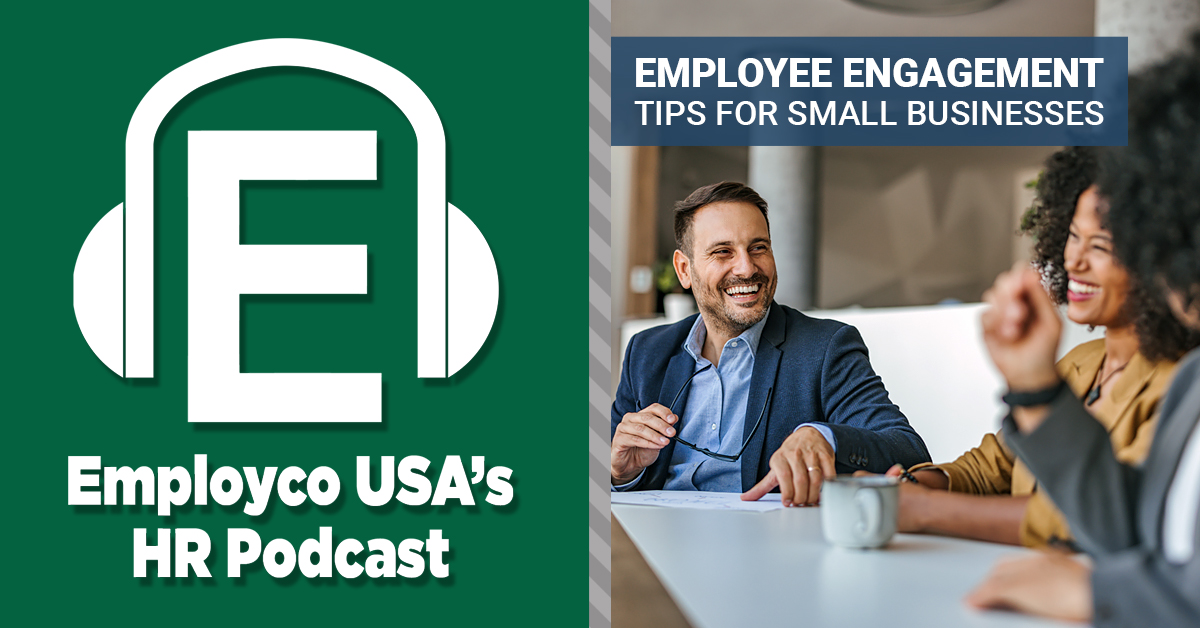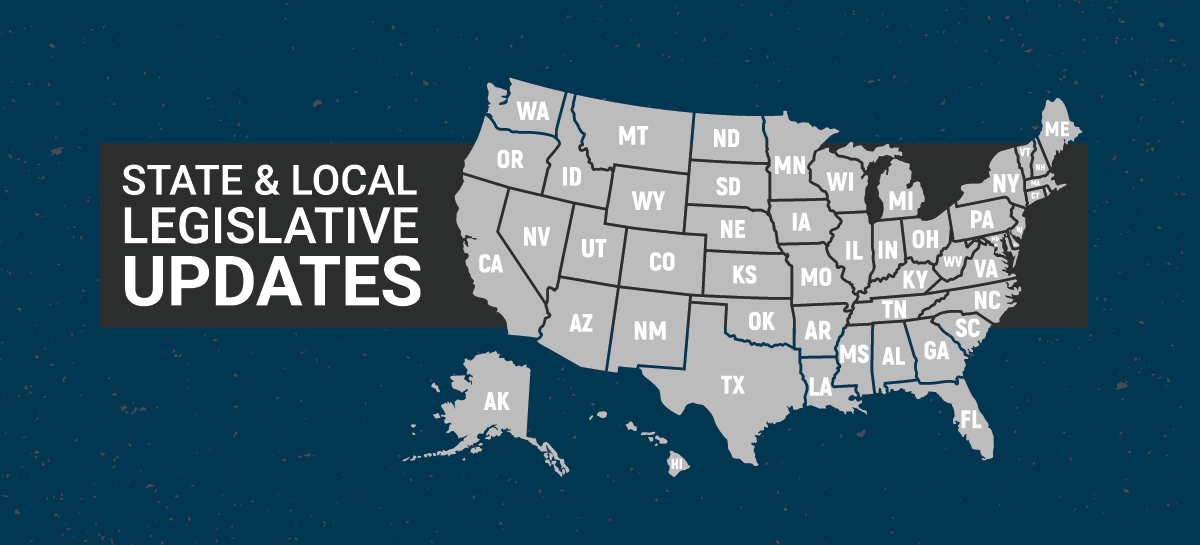
Question: Can our employees discuss their pay rate with co-workers? What if they discuss someone else’s wages with another employee?
Continue reading
Question: Can our employees discuss their pay rate with co-workers? What if they discuss someone else’s wages with another employee?
Continue reading
We recently released our 2nd quarter HR Edge Newsletter. This edition of the newsletter covers the following topics:
Read the full article here: HR Edge Quarterly Newsletter
Continue readingIn this HR Chat, Rob and Jason offer guidance for companies that may be considering layoffs or furloughs amid workplace uncertainty. They break down how each option affects compensation, health benefits, unemployment eligibility, and unused PTO (which can vary by state).
Furloughs can get tricky—especially when it comes to benefits. If you have questions on this topic or others, we’re here to help: hr@employco.com.
In this month’s HR podcast, Rob, Scott, and Jason share practical ways small businesses can boost employee engagement. With retention and productivity more important than ever, they explore how communication, recognition, and thoughtful feedback can strengthen your workplace culture.
They also cover tools like anonymous surveys and simple ways to offer more flexibility and growth. Want a deeper dive? Reach out to hr@employco.com to request our latest HR Insights article on this topic.

In this HR Chat, Rob and Jason discuss the DOL’s latest Field Assistance Bulletin on independent contractor classification. While nothing is finalized, they explain how the guidance signals possible changes ahead and highlights the continued focus on proper worker classification. Contact hr@employco.com with any questions on this topic!
Schedule a 15-minute call with Griffen Wilson for more information on our services.

Kansas Clarifies Enforceability of Nonsolicitation Agreements – On April 8, 2025, Kansas amended the Kansas Restraint of Trade Act (KRTA) to create a presumption of enforceability of certain nonsolicitation agreements and require courts to modify overbroad restrictive covenants. The amendment takes effect on July 1, 2025.
Continue reading
During periods of economic or business uncertainty, employers may need to downsize their workforce. Such reductions can take a variety of forms but frequently include employee layoffs or furloughs. Employers who take these measures must ensure that they are in compliance with laws governing compensation and employee benefits.
Continue reading
On May 1, 2025, the U.S. Department of Labor (DOL) issued Field Assistance Bulletin (FAB) 2025-1 on how to determine employee or independent contractor status when enforcing the Fair Labor Standards Act (FLSA).
Background – On Jan. 10, 2024, the DOL published a final rule revising the agency’s guidance on analyzing who is an employee or independent contractor under the FLSA. This rule rescinded the 2021 Independent Contractor Rule. Several lawsuits are pending in federal courts challenging the 2024 final rule. In those lawsuits, the DOL has taken the position that it is reconsidering the final rule, including whether to rescind it. Additionally, the DOL’s Wage and Hour Division (WHD) is currently developing a standard for determining employee versus independent contractor status under the FLSA.
Continue reading
There is currently no federal law that requires employers to disclose salary information to job applicants or employees. However, a growing number of states have enacted legislation that requires employers to disclose wage or other compensation information to applicants or employees under pay transparency laws. Colorado’s pay transparency law, which took effect in 2021, was the first such law. Since then, the District of Columbia and 14 additional states (including California, Illinois, and New York) have passed pay transparency laws.
Continue reading
At Employco, we continually release new employee-facing content in the form of newsletters and articles that our clients can use as they feel appropriate. Oftentimes, the information is geared towards health and wellness. The documents are produced in a way to make it easy for our clients to distribute to their employees. We also can add your company’s logo to the document prior to sending it to you.
Continue reading